Student leaders head efforts to improve resources for Black community
Protestors march down South Congress Avenue during a Black Lives Matter protest. These worldwide protests began in response to the murder of George Floyd in Minneapolis.
The murder of George Floyd in May has prompted protests all over the world in support of the Black Lives Matter (BLM) movement and against police brutality. Now, St. Edward’s student leaders are using their voices to prompt changes to be made here on the Hilltop.
Lavelle Brown, current president of St. Edward’s Black Student Alliance (BSA), says that after reading an email from President Martin on racial justice back in May, he felt that Martin’s message was lacking, particularly in the mention of “BLM, George Floyd and the protests.”
“We were questioning, ‘Why didn’t the school say something sooner? And why did students have to come to [the school] angry about a statement that addressed the entire school but came from one person?’ Our school administration, like I said, is very reactive versus proactive,” Brown says.
Soon after reading the statement, Brown and other students reached out to the university administration and planned a virtual vigil in honor of George Floyd. A second statement written by BSA, Student Government Association (SGA) and the President’s Cabinet was then released.
Brown and other student leaders, such as Student Body Vice President and BSA Treasurer Taylor Huey, have been in communication with members of the university administration in order to implement more resources for the Black community at St. Edward’s.
Some resources include creating a training system for staff, faculty and students, providing more support for students, especially within the Office of Diversity and Inclusion and implementing professional opportunities such as mentorship programs for Black students.
Professional opportunities for Black students specifically have been Brown’s focus lately. The rising junior has been working with the Department of Advancement and Career and Professional Development to create mentorship programs, networking events and community service efforts to help the greater Austin community.
“When we use the power and resources at our fingertips to help those in need and not those in power, everyone benefits,” Brown says.
Other projects in the works are a bias and discrimination training for staff and faculty. The programs will most likely take place online and will include a counseling drop-in workshop with the Health and Counseling Center (HCC), which BSA and Vanessa Peña, Director of the HCC, are currently developing.
Vice President of Student Affairs Lisa Kirkpatrick says that, other than trainings and workshops for faculty and staff, President Martin is planning on having university-wide events, which will most likely be virtual due to COVID-19, to promote anti-racist activities and discuss how white supremacy impacts higher education.
“The pandemic creates a lot of extra challenges, but our stance and our commitment to standing in solidarity with our Black students to support them and help them be successful is absolute. And we will continue to evolve how we serve our Black students with their support and feedback,” Kirkpatrick says.
The university also plans to fill the position of Director of the Office of Diversity and Inclusion in order to support BSA and the Equity and Justice Council (EJC). Huey hopes to bring reform to how the office is run to ensure its success in the future.
“I saw a really good Instagram post about why diversity and inclusion departments don’t work in the workplace, it’s because they’re minority-led. So they put a strain on the people that they should be helping. And they’re not coming from the highest level of administration…it’s hard to get momentum from the bottom up. So my approach and my work in SGA has really been advocating for BSA and also the need of all students on campus,” Huey says.
When asked how to encourage students to be a part of the process of racial justice and equity without leaving them to do all the work or burning them out, Kirkpatrick says that it’s a “delicate balance.”
“We need to listen to our students and invite them into conversation, and when they want to engage with [administrators], we want to meet them where they are. So our connection to SGA and BSA is critical to allowing those student leaders who are representing the broader student body [to know] that we’re reaching out and engaging them in dialogue,” Kirkpatrick says.
Other goals that Huey has for the future are a published list of financial aid opportunities specifically to help BIPOC, first generation students and the LGBTQ+ community, a microaggression training for all, using university funds for more philanthropy endeavors, diversifying the school’s suppliers by buying from more Black-owned businesses and quantifiable goals for representation.
“I really stress authenticity, because I don’t want to work with people that are inauthentic. If one in 100 employees are black, then I shouldn’t see 20 different pictures of black employees when I Google St. Edward’s, I should see what’s actually, truly there,” Huey says.
Father Peter Walsh, Director of Campus Ministry, explains how racial justice relates to our St. Edward’s mission.
“We all operate from the same Holy Cross principles of meeting students where they are, and where they are is diverse. The moment we’re in with Black Lives Matter is calling us all to really evaluate and to listen and to become allies to our students with that experience,” Walsh says.
In a recent email to students, Kirkpatrick and Walsh pointed out the work of the President’s Advisory Council for a Respectful and Inclusive Community (PAC), which is a group implemented by President Martin to promote diversity, equity and inclusion. They also mentioned updates such as publishing an Equity Scorecard in the SEU Fact Book to promote transparency, as well as more de-escalation trainings for UPD officers.
Students can find more information on these updates in the July 29 email.

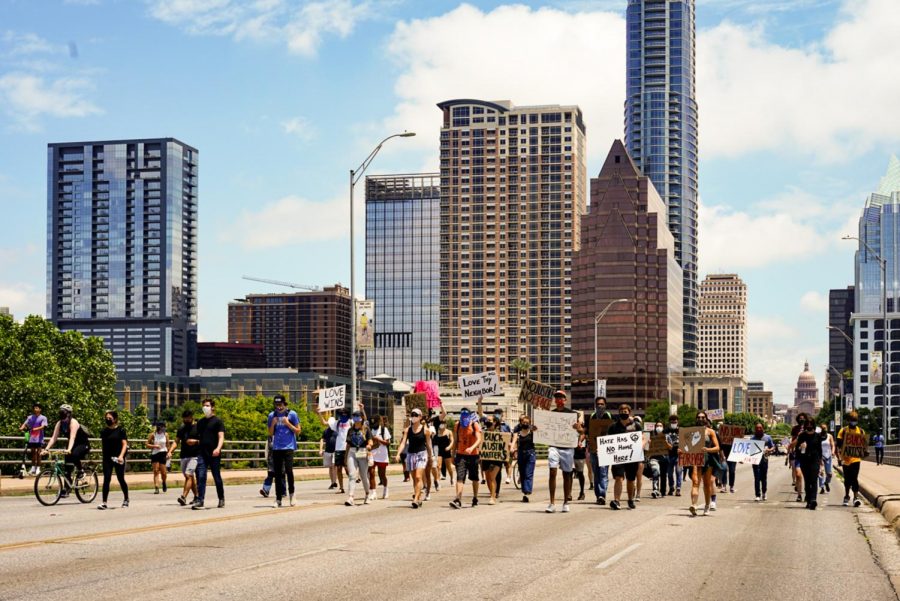
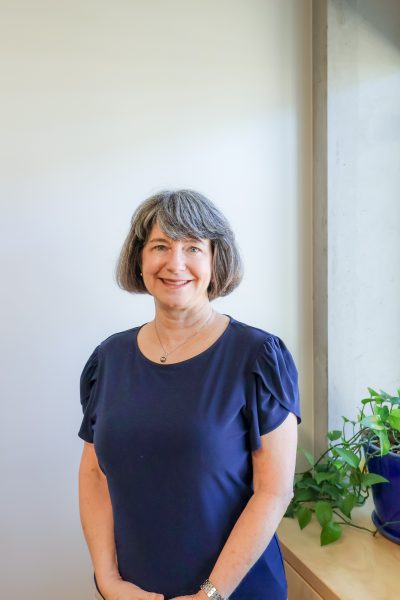
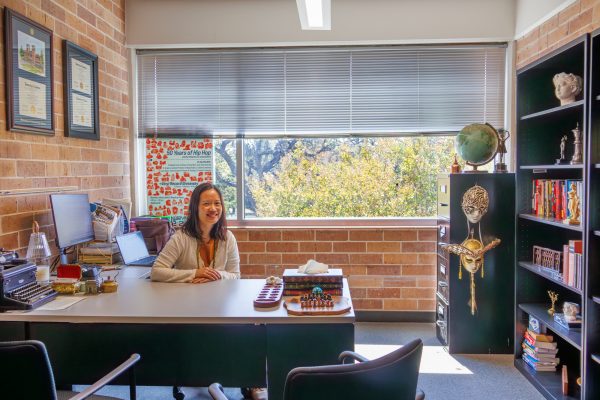
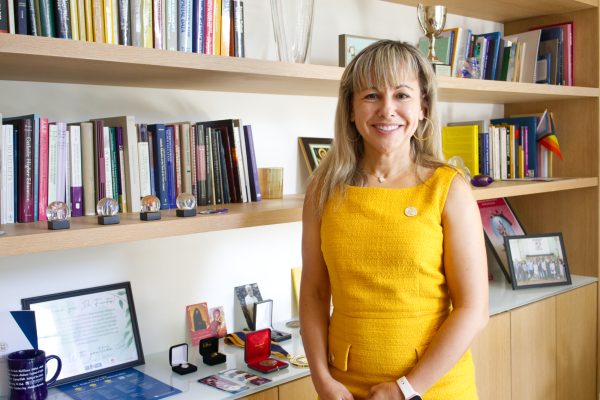
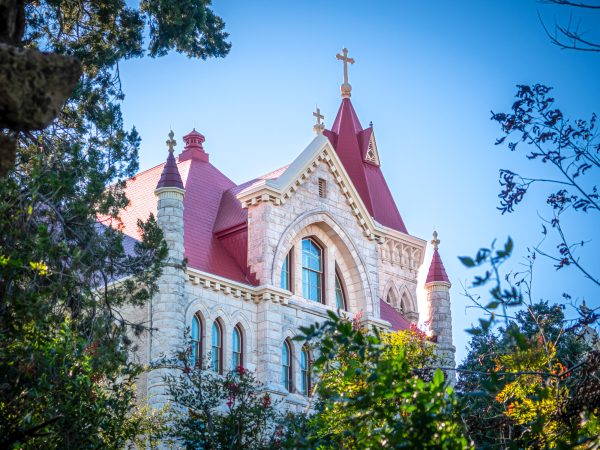
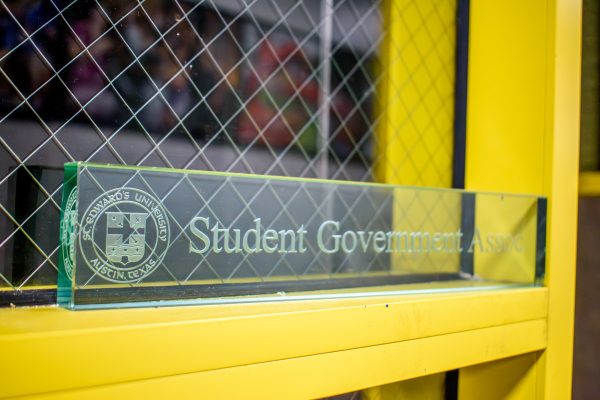
Maria Rivera • Jul 29, 2020 at 6:45 pm
Very well written, I truly hope that there will be real change that puts students of color on a level playing field with everyone else. Racism needs to be eradicated from society.